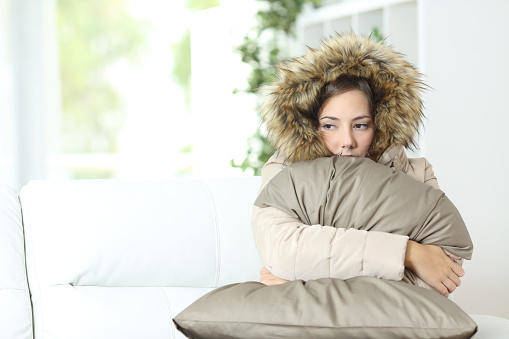Is Your Furnace to Blame for Cold Spots in Your Home?
 When the temperature starts dropping, it’s never a fun shock to find unexpected cold spots in your home, or to be greeted with the same cold spots you notice year after year but have never quite resolved. Your forced air heating may be to blame, but before you make the call to overhaul your heating system, consider these possible causes and their potential solutions.
When the temperature starts dropping, it’s never a fun shock to find unexpected cold spots in your home, or to be greeted with the same cold spots you notice year after year but have never quite resolved. Your forced air heating may be to blame, but before you make the call to overhaul your heating system, consider these possible causes and their potential solutions.
How to Pinpoint a Cold Spot
Finding those cold spots in your home is as easy as it probably seems – they are likely quite obvious. A cold spot is a place in your home where the temperature drops noticeably from other areas of your home. You may not notice it as much anymore because you’re used to it, but if you know there’s an area of your home that doesn’t feel as comfortable as the rest of it, you’ll be happy to know it doesn’t have to stay that way.
What Could Be Causing it?
The first assumption that’s commonly made when cold spots appear or don’t go away is that there’s an issue with your furnace. That may be the case – your unit may be too big or too small to be effective in your home (surprisingly, it’s more often that the system is too big). However, the culprit for your cold spots might be something else entirely. Poor insulation qualities in your home may be to blame – this is much more likely in older homes than newer. Another potential cause is an inadequate ducting system. If you’re facing this problem, it could be anything from incorrectly sized ducting and pipes, an improperly sealed duct system, or just too many twists and turns.
Though you may be able to tell if poor insulation is the culprit by feeling the temperatures dropping significantly the closer you get to the poorly insulated areas, it’s not always so simple to determine the cause of the cold spots. However, a professional will be able to get to the root of the problem and offer up solutions that will work best for your specific situation. If you’re wondering what might help get your whole home back to the comfort levels you desire, here are a few possibilities.
What to Do About It
There are a variety of things that can be done if you’re feeling the chill that don’t involve getting the Ghostbusters on the phone. If you suspect a leaky house is the culprit, consider getting an energy audit done. A well conducted energy audit can identify a lack of proper insulation, leaky windows and doors, and other places your home may be letting heat out.
If you suspect it’s your furnace, there are a number of angles to consider:
1. A poor duct system. This could include the sheet metal fittings in the area immediately surrounding the furnace, as well as the rest of the system that may be hidden behind the walls and ceiling in your home. If it’s the ‘buried’ ducting, this is complicated and likely costly to diagnose and to fix. Other parts of your duct system that may be exposed, whether in your basement, attic or crawlspace, can be addressed more readily.
2. An improperly sized furnace. A heating professional can perform a heat load calculation to determine if your furnace is suited to your home. If it is not, there is unfortunately no repair. To resolve it, you’d need to replace the furnace. While replacing the furnace, the sheet metal components surrounding it can be replaced with appropriately sized and shaped fittings that can help air flow more smoothly around your home. While furnace replacement may not sound appealing, if it improves your daily comfort, you’ve improved your life.
3. Better technology. A properly sized furnace, as just discussed, is a big plus. In addition to that, newer furnace technology (two-stage and modulating systems) can allow furnaces to run at less than full capacity. Some models can get down to as low as about 33% of their full output. By allowing the heat to run and circulate at lower outputs for longer periods of time, temperature differentials around the home are often noticeably improved. It can really help! A new furnace may also be more energy efficient than your current version, which is good for your wallet and for the environment.
Supplemental heat is another great solution to help make the cold spots in your home as comfortable as you’d like. Electric heat, ductless heat pumps, and gas wall heaters are all good choices for a little added comfort in the chillier spots of your home.
Winter has finally reared its head in the Denver/Boulder area and making sure your home is as comfortable as possible is important. If you’re tired of dealing with a stubborn cold spot or are finally ready to know what’s been causing that drop in temperature in your guest room, give us a call.




